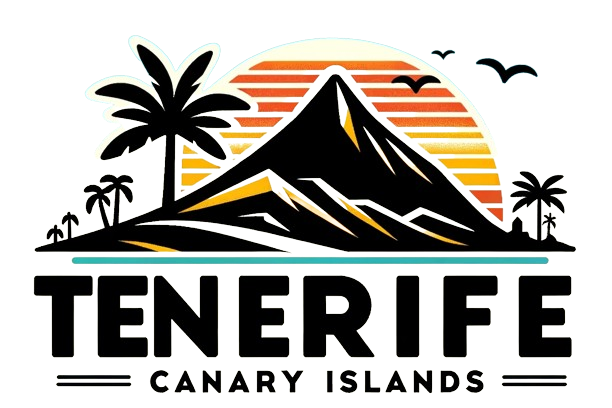Outcry in La Laguna Over Controversial Dragon Tree Removal
The impending removal of a dragon tree located on Mazurca Street in La Laguna, Tenerife, has ignited a wave of protests from environmental advocates and political groups. This notable tree, which has become a symbol of local ecological heritage, is slated for felling despite claims of its legal protection, raising questions about environmental stewardship and the rights of private property owners.
Environmental organizations, particularly the Tenerife Association of Friends of Nature (ATAN), along with the political party Drago Verdes Canarias, have been vocal in their opposition to the planned removal. They argue that the tree, which stands adjacent to the La Laboral Institute, should be preserved due to its ecological significance and legal status. The situation has sparked a heated debate about the balance between development and conservation in urban areas.
Legal Protections Under Scrutiny
Drago Verdes Canarias has highlighted that the Canarian dragon tree is classified as a protected species under the Canary Islands Catalogue of Protected Species. This designation prohibits any actions that would lead to its uprooting, damage, or removal. The organization has formally requested that the local authorities intervene to halt the felling, citing the tree’s legal protections as a critical reason for its preservation. ATAN has joined this call, stressing the importance of adhering to environmental laws and warning against actions that may prioritize private interests over public ecological welfare.
The legal framework surrounding the protection of the dragon tree has become a focal point of the controversy. Advocates argue that the tree’s removal would set a dangerous precedent, undermining the legal protections afforded to other similar species in the region. They contend that the community’s commitment to environmental conservation should take precedence over private development interests.
Local Council’s Limited Authority
Despite the outcry from environmental groups, the local council has indicated that its ability to intervene in the matter is constrained. A municipal technical report has clarified that the dragon tree is situated on private property and is part of the ornamental landscaping of the area. According to the council, the authority to protect unique trees lies with the Insular Cabildo, as stipulated in Decree 111/2002. This legal framework indicates that the dragon tree is not included in the insular catalogue of singular trees, nor is it listed in the municipal catalogue, which is still under development. Consequently, the tree lacks specific legal protections that would prevent its removal.
The implications of this legal situation are significant. The council has expressed its concern over the potential loss of the dragon tree but has also acknowledged its limited power to act in this instance. The report emphasizes that the council’s hands are tied when it comes to enforcing protections on privately owned trees that do not meet the criteria for special status.
Clarifying the Legal Framework for Tree Protection
Further insights from La Laguna’s municipal authorities reveal that the Resolution from the Natural Environment and Safety Management Area of the Cabildo specifies that special protections apply solely to wild specimens that grow naturally in their native habitats. Trees that are cultivated in gardens or urban settings, which are maintained through human intervention, do not fall under this protective regime. As a result, the dragon tree in question is not classified as a wild specimen and is therefore not afforded the same legal protections as naturally occurring flora.
This distinction raises important questions about the nature of conservation efforts in urban environments. Advocates for the tree’s preservation argue that even cultivated trees can play a vital role in local ecosystems and should be protected as part of the community’s natural heritage. They contend that urban trees contribute to biodiversity, improve air quality, and enhance the overall aesthetic of the area.
Given the tree’s placement on private land and the absence of legal protections, the council has indicated that it cannot prevent its removal if the process adheres to existing regulations. However, the municipal report suggests that before any irreversible actions are taken, the feasibility of relocating the tree should be thoroughly assessed. Factors such as the tree’s size, morphology, and overall health must be considered to promote its conservation whenever possible.
Key points
- The dragon tree on Mazurca Street in La Laguna is set for removal, prompting protests from ATAN and Drago Verdes Canarias.
- Both organizations argue that the tree is legally protected under the Canary Islands Catalogue of Protected Species.
- The local council has limited authority to intervene due to the tree’s location on private property.
- The Insular Cabildo holds the power to protect unique trees, but the dragon tree is not listed in the relevant catalogues.
- Special protections are only applicable to wild specimens growing naturally, not those in urban or maintained areas.
- The council has suggested evaluating the possibility of relocating the tree before any removal occurs.
